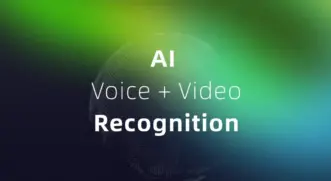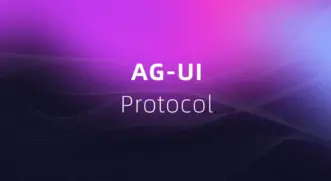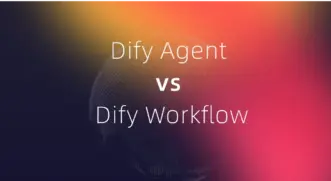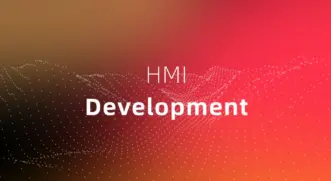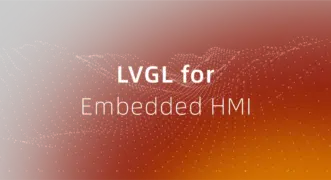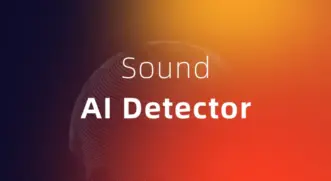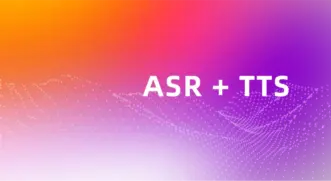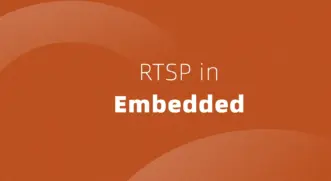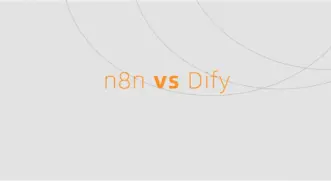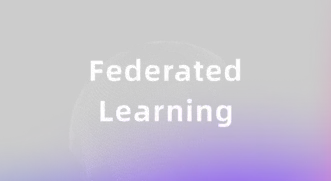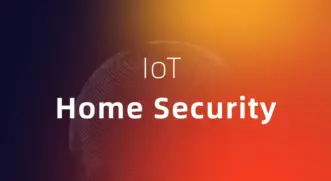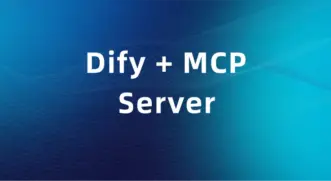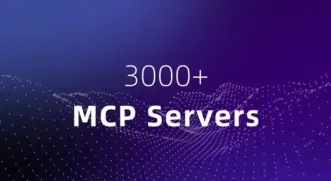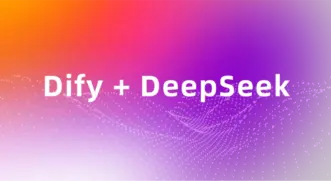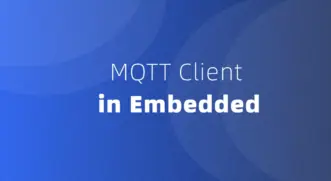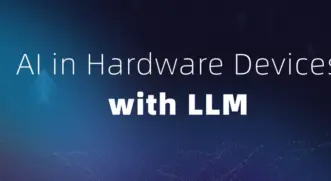Uncover the Latest in AI and IoT
Highlight cutting-edge IoT technologies, AI advancements, and practical applications. Include open-source libraries and development tools to provide value to tech-savvy readers.
ZedIoT Blogs
Boost industrial monitoring with multimodal AI that fuses voice recognition and video surveillance to detect anomalies and automate response in real time.
Learn how AG-UI lets AI agents control your frontend in real time. Read the spec, follow a step-by-step tutorial and grab the GitHub code.
Choosing wrong between Dify Agent vs Workflow wastes hours of rework. Learn the clear differences, when to use each, and the hybrid approach 90% of developers miss.
Explore 2025 HMI development—from embedded programming to touchscreen design and desktop HMI apps. Learn what HMI is and where it’s headed.
LVGL is the go-to open-source GUI library for embedded HMI. See how developers use it with ESP32 and SquareLine Studio to build modern, production-ready interfaces.
Detect abnormal equipment sounds using AI sound recognition. Non-invasive, precise, and cost-effective solution for unattended industrial maintenance.
Discover strategies for deploying ASR and TTS voice recognition technology in cloud, edge, and embedded environments. Optimize your voice apps with models like Whisper and VITS.
SmolRTSP enables low-latency RTSP streaming for embedded and IoT devices. Learn its Rust architecture and key integration tips from ZedIoT.
Compare n8n vs Dify, two top AI workflow automation platforms. Find out which suits your team best for building intelligent, scalable, and agent-driven workflows.
Explore the core principles of federated learning, with practical solutions using Flower framework and Whisper model. Learn how to implement AI while ensuring data privacy.
Discover how IoT home security is evolving from gadgets to essential protection. Explore smart automation, regional trends, and the future of autonomous defense.
Build modular AI apps with Dify MCP Server. Use the Model Context Protocol to orchestrate multi-agent workflows—fast, flexible, no-code.
Discover how the Model Context Protocol (MCP) transforms AI with seamless context modelling and MCP Servers. Unlock AI's potential with dynamic integration and smart execution.
Build a private knowledge base with Dify and DeepSeek. Use AI legal document review, RAG AI tools, and secure compliance checks.
Master the core logic of selecting embedded MQTT clients development in one article. Compare more than 10 technical solutions such as wolfMQTT, Paho, and EMQX. Provide scenario-based architecture design paradigms and predictions of future technology trends.
An in-depth exploration of how integrates AI in hardware devices, covering technical principles, voice interaction optimization, model deployment strategies, and cost considerations.
Contact us and our experts will get back to you with more ideas.
